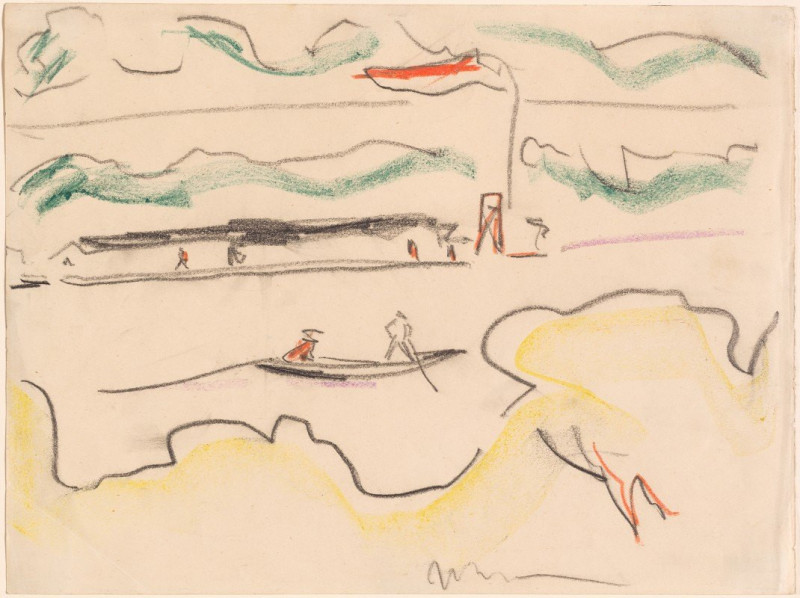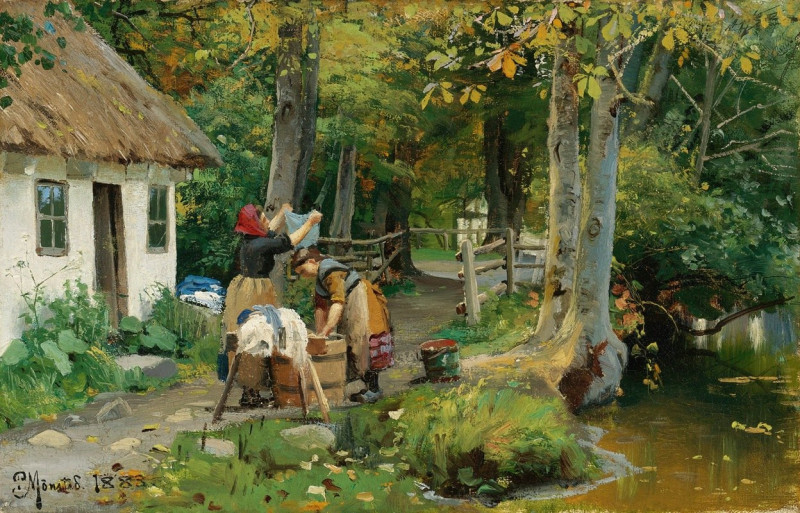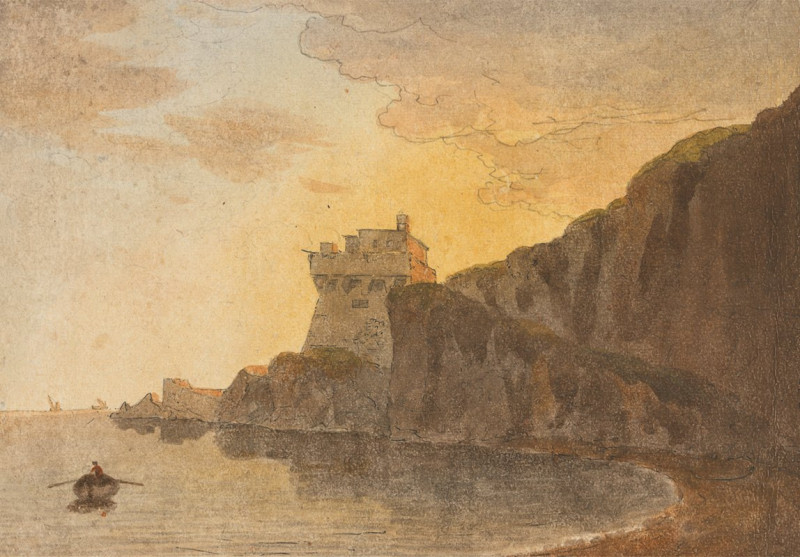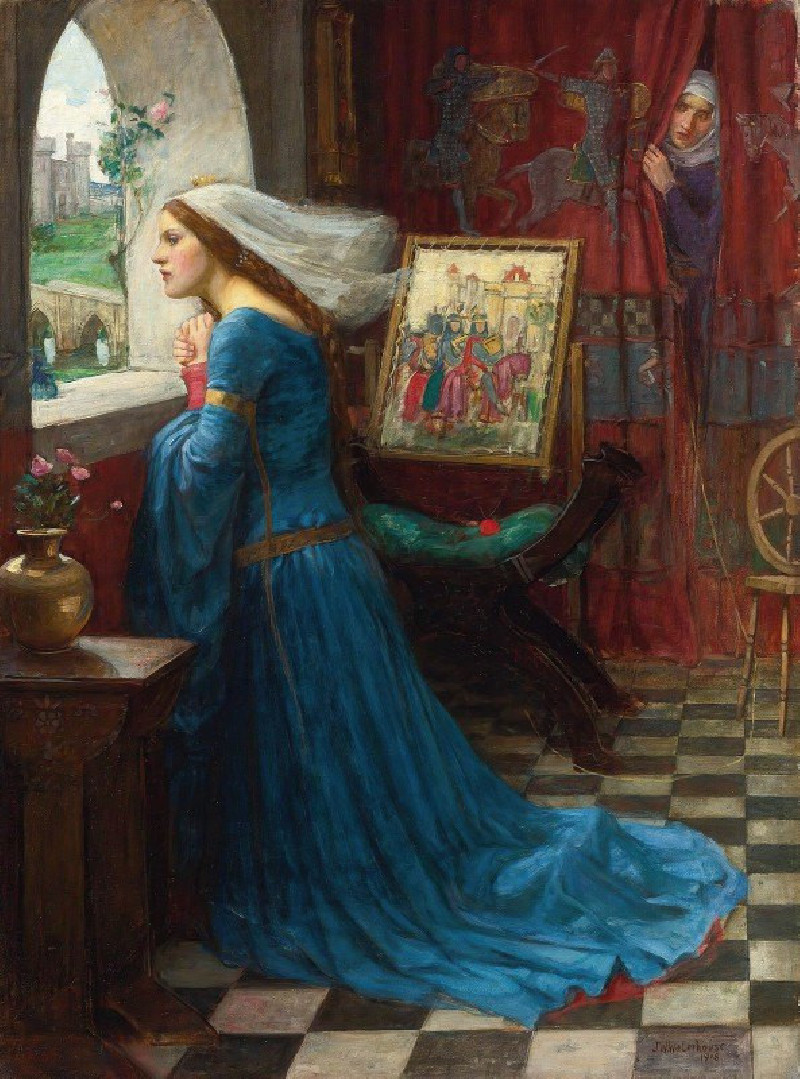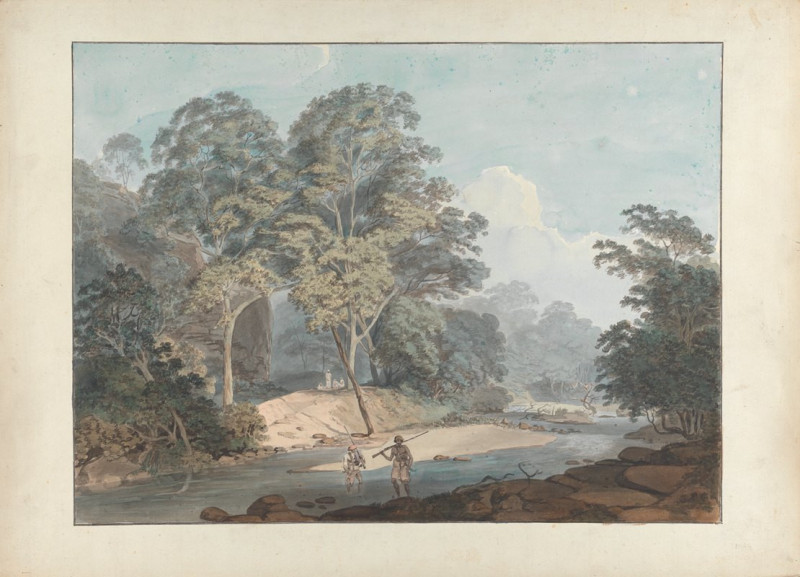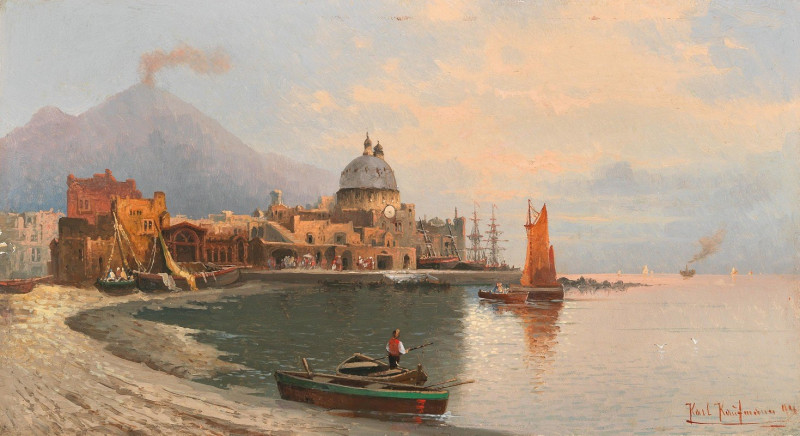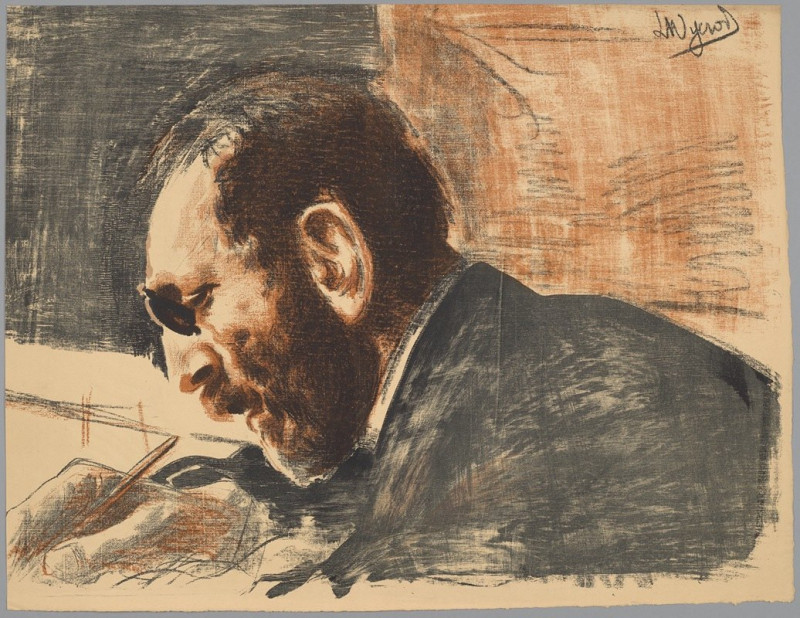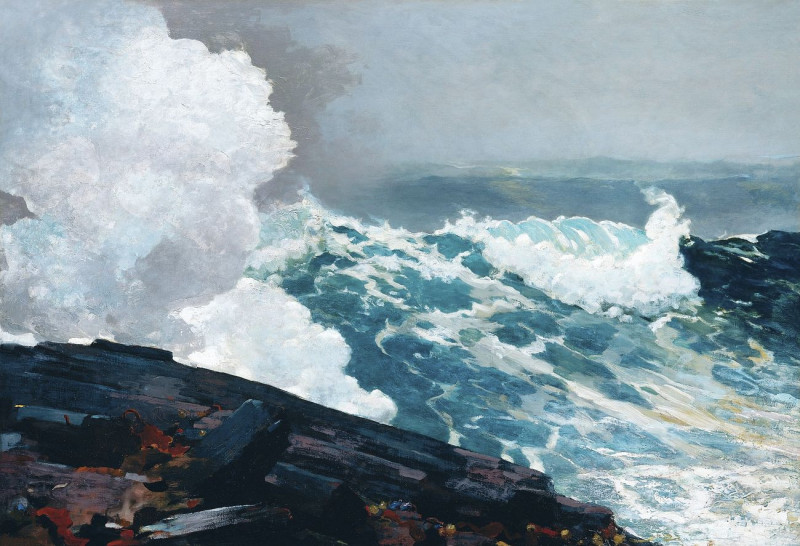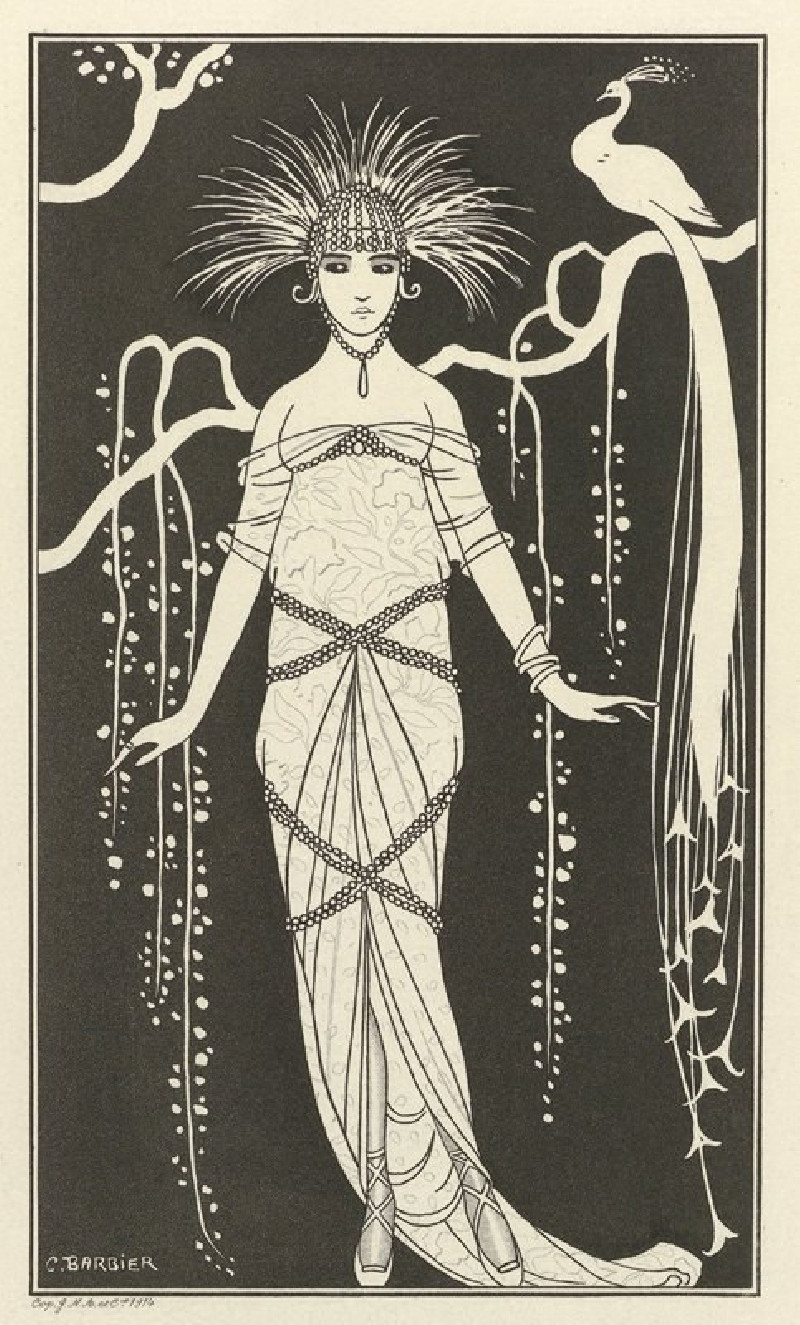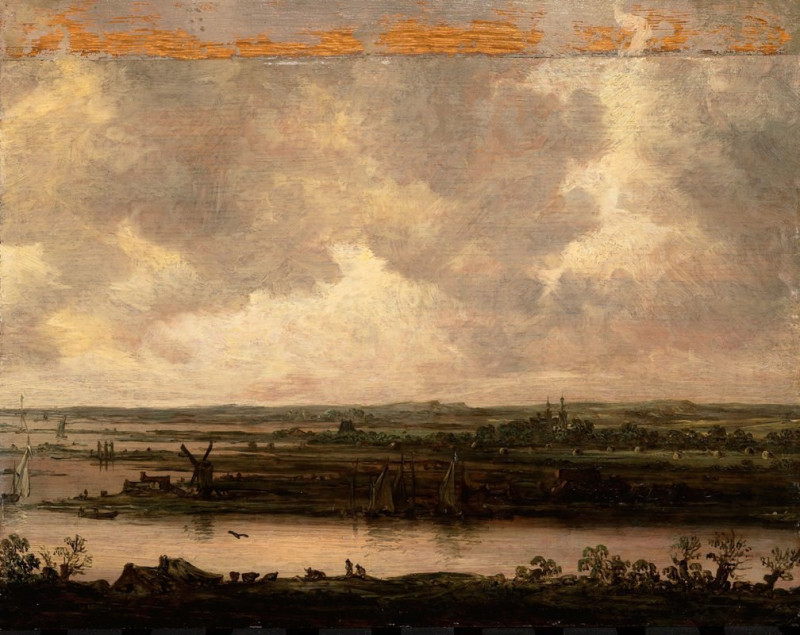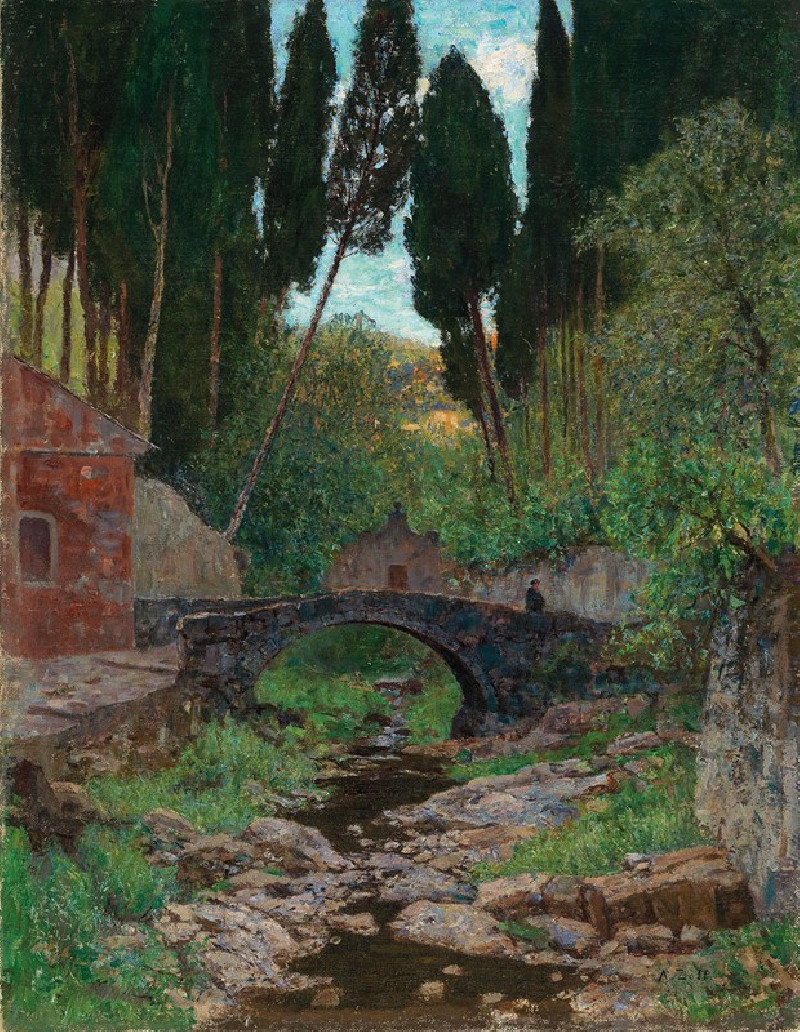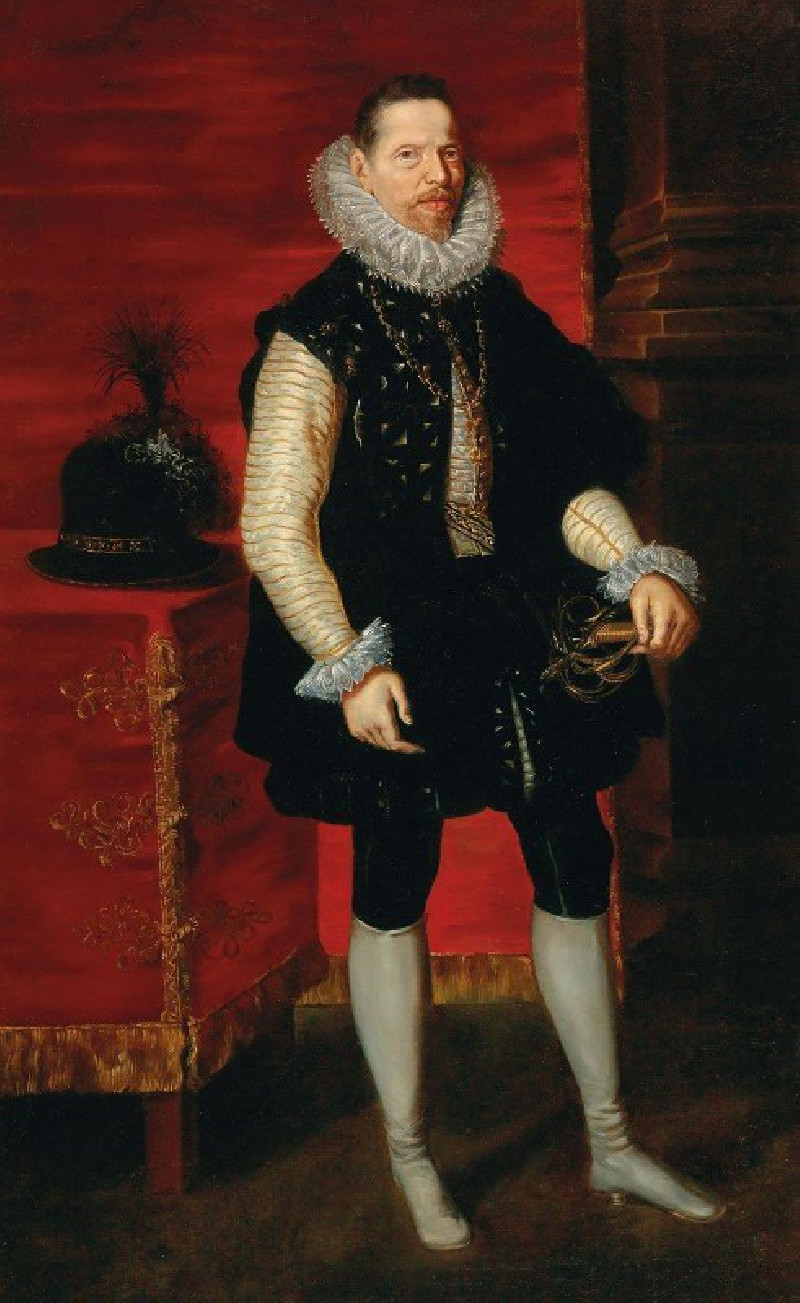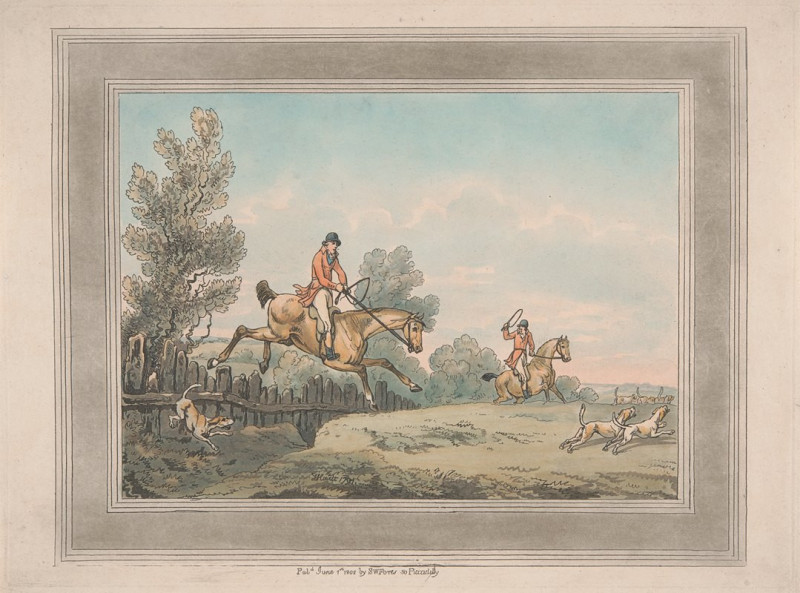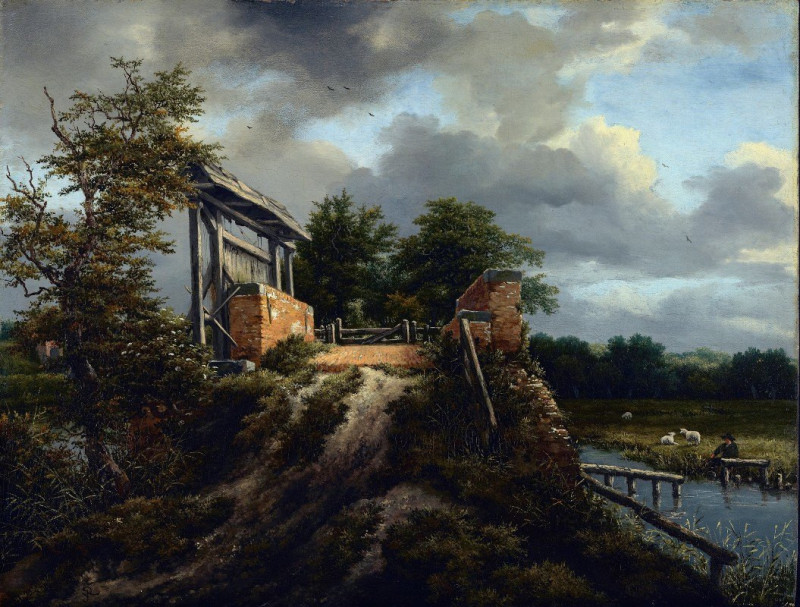Elbe Landscape Near Dresden (1909)
Technique: Giclée quality print
Recommended by our customers
More about this artwork
Presented on our website this month is Ernst Ludwig Kirchner's captivating piece titled "Elbe Landscape Near Dresden," created in 1909. This artwork, rich with expressionistic energy, invites viewers into a dynamic depiction of life by the Elbe River near Dresden, capturing both the tranquility and the rhythmic motion of nature.In this pastel work, Kirchner employs bold, free-form lines and vibrant colors to convey the flowing river and its surrounding landscape. The scene is divided into energetic strokes of greens, blues, and earth tones that depict the undulating hills and water. Splashes of red and orange add a vivacious contrast, possibly hinting at the shapes of boats or distant figures.Central to the composition are figures in a boat, sketched with minimal detail, yet vibrant in their portrayal. These figures, juxtaposed with the broad, sweeping gestures of the landscape, invoke a sense of movement and leisurely pace of life along the riverbank. Also noticeable are smaller figures on the shorelines, perhaps indicating the interaction or the daily routines of people in proximity to the water.Kirchner's style, marked by the use of abstract forms and the dramatic interplay of colors, reflects his expressionist signature. This work not only highlights his ability to capture the essence of a landscape but also his mastery in translating emotional and visual stimuli into a coherent artistic language.This painting is a wonderful exploration of natural scenery as seen through the lens of early 20th-century expressionism, offering a glimpse into Kirchner's artistic journey and his continual celebration of the natural world.
Delivery
Returns
Ernst Ludwig Kirchner (1880–1938) was one of the most important German Expressionist painters. He was a co-founder of Die Brücke, a group of German expressionist artists formed in Dresden in 1905. Die Brücke and Kirchner took inspiration from Vincent Van Gogh and Edvard Munch, as well as African and Oceanic art. They used woodblock printing as a medium to showcase their signature style: flat, unrealistic images with vivid colors. The recurring themes in Kirchner's artworks included exotic cultures, faraway landscapes, self-portraits, dancers and Berlin street life. His paintings and prints effectively portrayed non-European cultures despite the fact that he never traveled outside of Europe.

